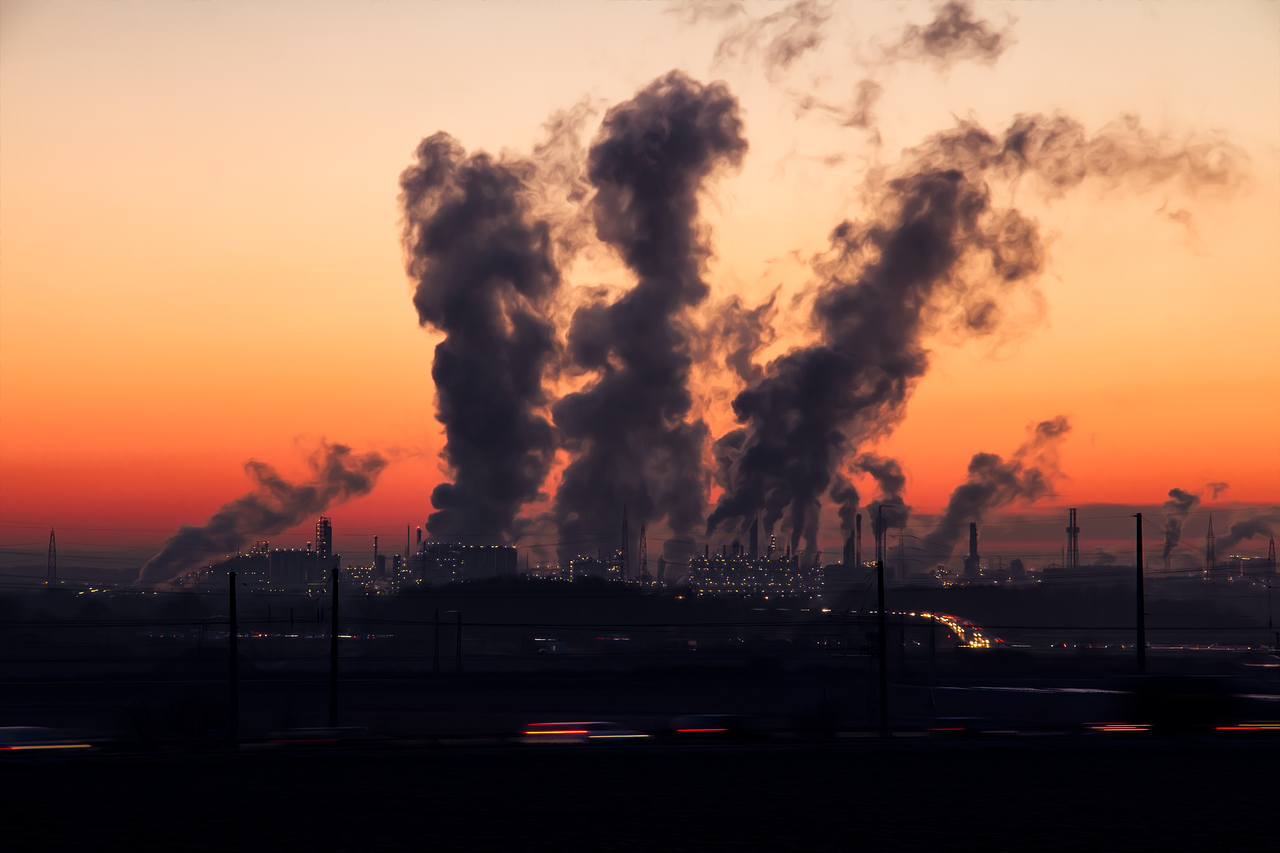Toxic facility relocation depends on community pressure

URBANA, Ill. – No one wants to live near a toxic plant. Toxic-releasing facilities such as paper, pulp, and other manufacturing plants negatively affect human health, environmental quality, and property values. And communities with lower income and educational attainment are more likely to house such facilities.
Since mandatory reporting about toxic facilities became publicly available in 1990, affected communities have increasingly expressed concern through the media, and engaged in targeted collective action and “toxic torts” lawsuits for health and environmental damages.
New research from the University of Illinois explores the effects of community pressure on the relocation of toxic-releasing facilities.
“Current studies usually focus on the question of where new plants choose to locate. Our research looks at whether facilities make relocation decisions based on the socioeconomic characteristics of the community,” explains Xiao Wang, graduate student alum from the Department of Agricultural and Consumer Economics (ACE) at U of I and lead author on the paper. Co-authors include Madhu Khanna, ACES distinguished professor in ACE; George Deltas, Department of Economics at U of I; and Xiang Bi, University of Florida.
Using the Toxics Release Inventory (TRI), an environmental disclosure program that makes information about these facilities publicly available, the study looks at how much community pressure can “push and pull” facilities to relocate, thus adding to environmental injustice when they move into disadvantaged communities. This effect results in a “redistribution of pollution,” the researchers note.
Information disclosure programs like the TRI help to empower communities and the public to impose pressure on facilities to improve environmental performance. However, even with the TRI available to the general public, there are imbalances across communities, due to unintended consequences of the TRI as well as more ingrained socioeconomic inequities.
“Our study finds the extent to which communities can push out toxic plants differs based on their socioeconomic characteristics. After the disclosure of toxic release information, socially disadvantaged communities were less able to do so, and this resulted in facilities moving out of communities with higher educational status and income to those with lower,” Wang explains.
The researchers found that toxic-releasing facilities are more likely to move from communities with high population density, income, and education level. On the flipside, a plant is more likely to migrate into communities with lower population density, income, and education level. Furthermore, the move is often associated with the plant’s growth in both size and emissions. A facility will even plan to move in anticipation of the public disclosure of the TRI and the expected community backlash.
The authors conclude that policymakers need to consider the side effects of public disclosure programs like the TRI.
“Our study shows that TRI has the effect of redistributing pollution across locations. Policy makers need to consider the potential side effect of such a regulatory tool on distributional justice and strengthen the channels for vulnerable populations to voice their concerns about facility location in addition to strengthening zoning laws and regulations,” Khanna states.
##
The Department of Agricultural and Consumer Economics is in the College of Agricultural, Consumer and Environmental Sciences, University of Illinois.
The paper, “Community pressure and the spatial redistribution of pollution: the relocation of toxic-releasing facilities,” is published in Journal of the Association of Environmental and Resource Economists(8)3, 577-616. Authors include Xiao Wang, Madhu Khanna, George Deltas, and Xiang Bi.